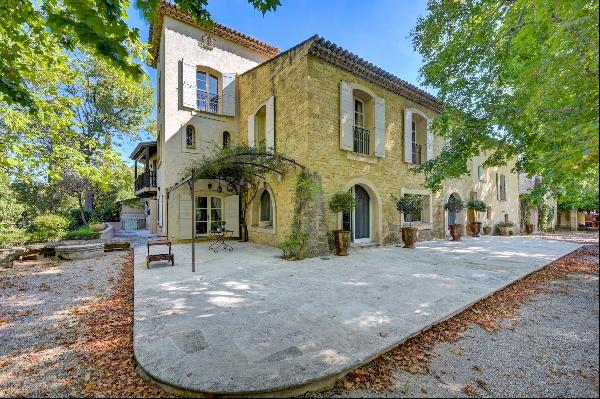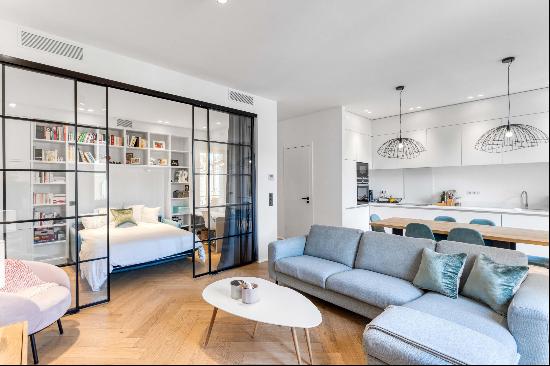
By Kate Youde
As the dawning pandemic made life more and more unsettling in March last year, I escaped from London to Paris. I took in masterpieces at an art exhibition, dined out at a fancy restaurant and drank champagne at the Ritz.
I did all this from my sofa one Saturday afternoon, living vicariously through Audrey Hepburn in William Wyler’s 1966 romantic comedy How to Steal a Million, in which Hepburn and Peter O’Toole (pictured together above) play the unlikeliest thieves.
When the forger father of Nicole Bonnet (Hepburn) faces discovery after lending a less than authentic Cellini sculpture to a Parisian museum, she recruits “very chic burglar” Simon Dermott (O’Toole) to help her steal it before it can be examined for insurance purposes. (UK readers who are unfamiliar with this heist may recall the “Nicole!”, “Papa!” exchanges of the 1990s Renault Clio television ads that were inspired by the film.)

This “big time caper”, as Nicole calls it, is my cinematic version of comfort food; a reassuring watch that provides a few hours’ escape to a gentler, carefree world, one to which I have returned since. It is a visual feast, too, featuring colourful cars and outlandish hats. Hepburn wears Givenchy clothes and Cartier jewels throughout — except when disguised as a cleaning lady. “For one thing, it gives Givenchy a night off,” Simon says wryly.
A life of crime pays: Nicole and her father Charles (Hugh Griffith) live at 38 Rue Parmentier, an imposing stone mansion in the upmarket Parisian suburb of Neuilly-sur-Seine. Double curved stone steps lead up to the front door, where the butler Marcel awaits, while inside a plush purple-carpeted staircase with matching banister is ideal for sweeping down to show off a new outfit.

Though the “more is more” approach to decor is not for me — too much marble and baroque-style furniture — I would happily step into Nicole’s shoes. Maybe because I have spent much of the past 18 months living, dining and working in one reception room, the sheer size of the house appeals, not to mention having a library in which to while away happy hours. I would fill the bookcase display cabinet, which once housed the “Cellini”, with a vase of beautiful flowers.
Meanwhile, stepping into an armoire in the Bonnet home leads not to Narnia, but up a spiral staircase to the attic where Charles paints his Van Goghs (the word “fake” is not used in this house) and keeps an eye out for approaching police through its porthole windows. My art skills are such that I would retreat there to work and write instead; a room of one's own.

The house in Neuilly-sur-Seine that doubled as the Bonnet mansion no longer stands so I will have to look elsewhere if I win the lottery. This €8m home in the same area, west of the 17th arrondissement, has the space I crave with its two living rooms, dining room and seven bedrooms (I can probably spare one for a study), as well as a pretty garden.
Alternatively, this two-bedroom apartment in the 7th arrondissement, on the market for €4m, offers the library I covet. It is also a short stroll from the Rodin Museum so I can get a fix of real sculptural masterpieces whenever I want.
Photographs: Getty Images; Alamy; Christie's International Real Estate



















